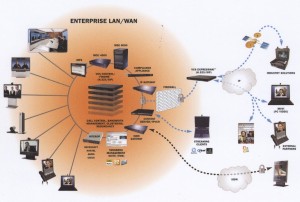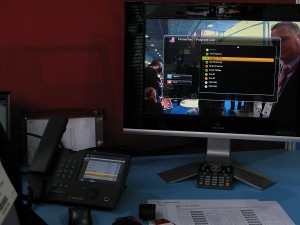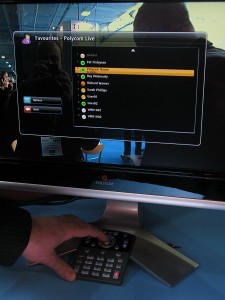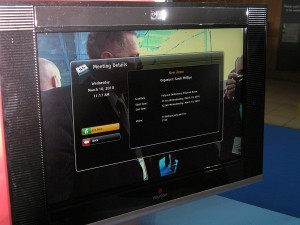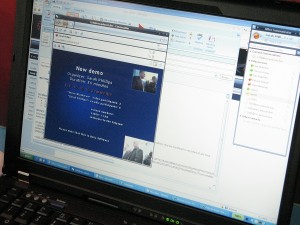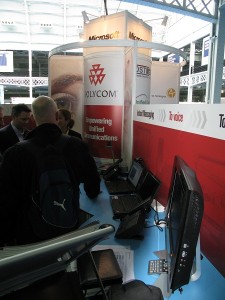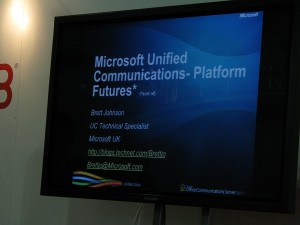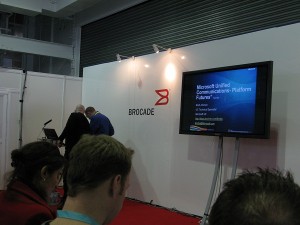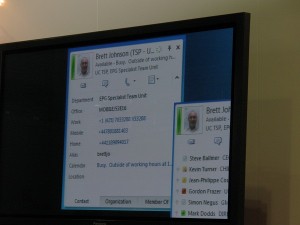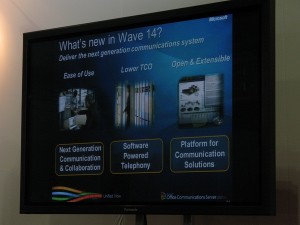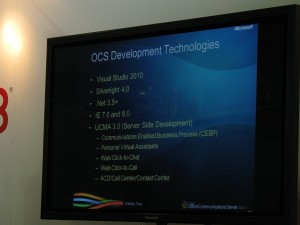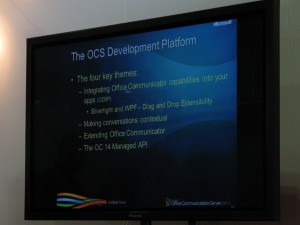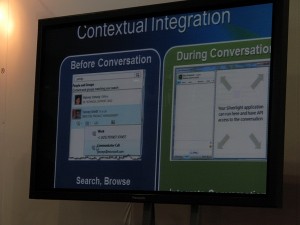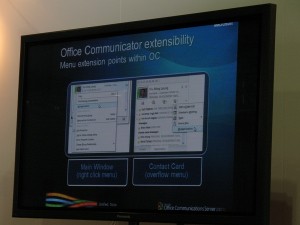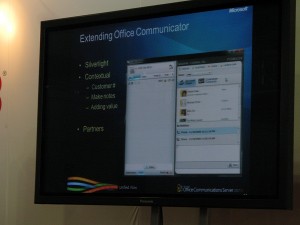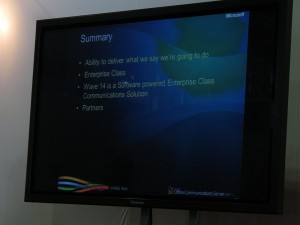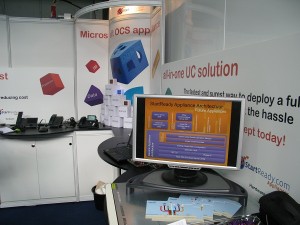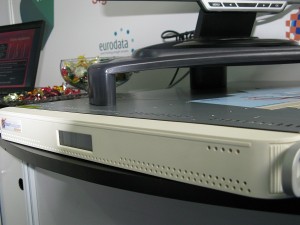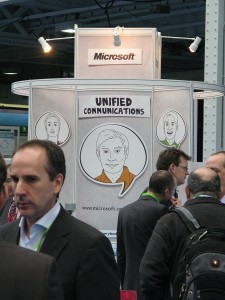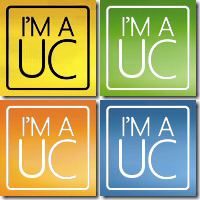Okay, so perhaps I am being a little melodramatic, Polycom and Tandberg are not literally at each other’s throats…not yet anyways! However they are both aggressively battling it out to become the no.1 vendor for all things that surround video conferencing – as you can imagine UC and Office Communications Server is definately a space they want to dominate.
However to their credit they have both taken (from what it seems) a very different plan of attack…
- Polycom have decided to launch a range of devices (HDX Series) that not only have an embedded Communicator-esque client, but also interrogate scheduling information within Microsoft Exchange (2007 support now, 2010 later). This effectively allows your video conferencing device to become a resource within your Exchange address list and along with the Outlook plug-in (Polycom Conferencing for Outlook or PCO) meetings can be setup entirely by calendar request.
- Tandberg however are very happy to admit that none of their devices utilise the OCS infrastructure for setup of conference calls, instead they have decided to integrate legacy (credit: Paul Jones) H.323 video conferencing devices with OCS and with crisp HD video. This could be a sweet spot for many businesses that have already invested heavily in this area and wish to avoid a “rip-and-replace” approach. For a complete deployment a range of back-end video servers are required (VC Gateway for internal integration, an ISDN gateway and a VCS Expressway for the edge of your networks or DMZ) – see illustration below.
The Polycom HDX 4000, this is signed via OCS and contact presence can be seen.
Controlled via integrated console
Exchange scheduling information
Integration with desktop MOC video conferencing
The Polycom stand
An exciting range of technology from Polycom and Tandberg, now all I need is my boss to write me a blank cheque, hmmmm….



